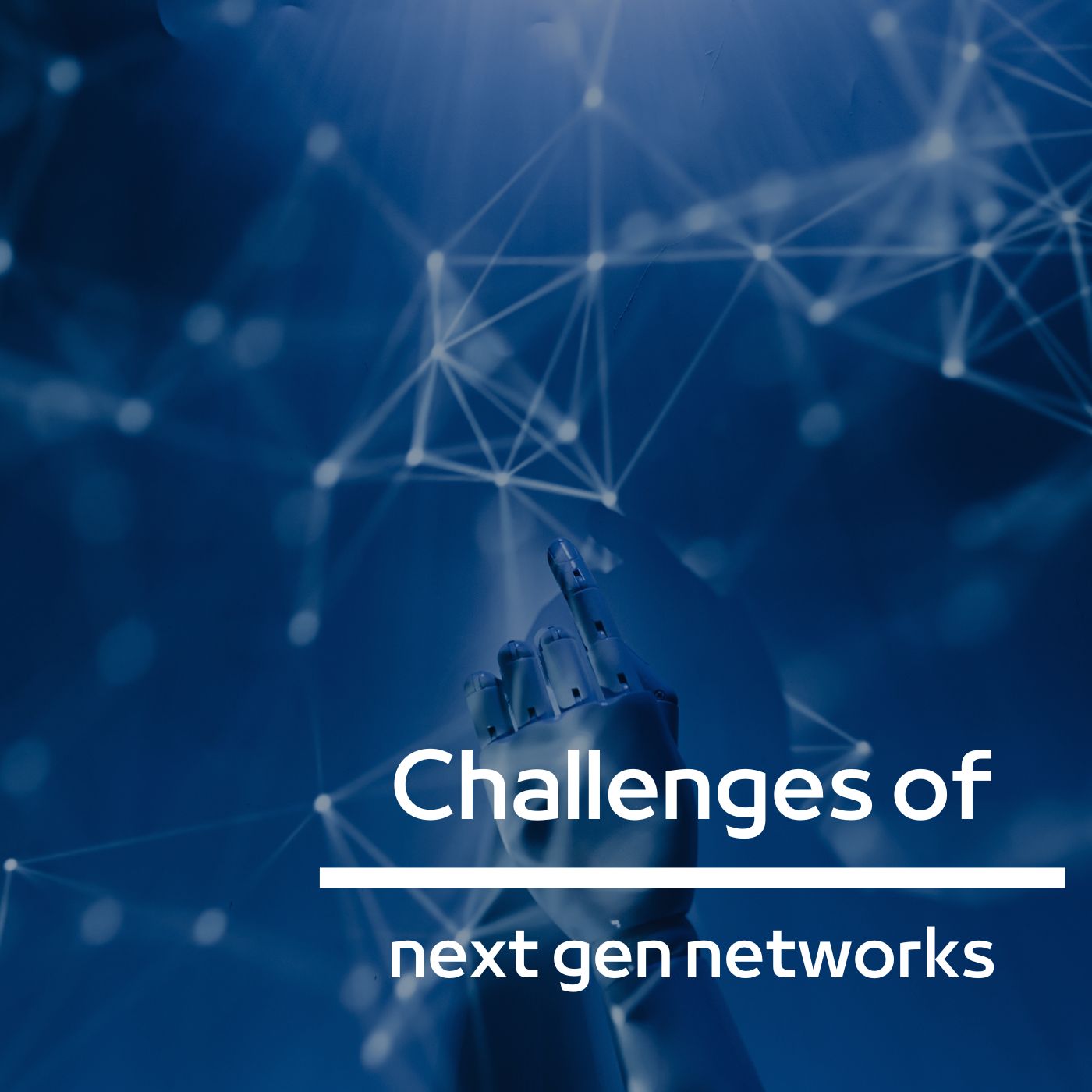The next generation of wireless networks, 6G, will require a new approach to the design of communication networks. 6G will accommodate a massive increase in traffic and devices while achieving high standards in performance, energy efficiency, and security. One step on the way is the so-called 5G-Advanced networks that will pave the way for the capabilities needed for 6G by introducing new levels of intelligence, disaggregation, and AI to cope with growth.
The future of mobile networks is rapidly evolving with the advent of 6G technology. This new technology is expected to bring advancements in imaging, presence technology, and location awareness alongside artificial intelligence and is set to be launched commercially in 2030. 6G networks will operate using signals at the higher end of the radio spectrum, enabling faster sampling rates, higher data rates, and better throughput than 5G. The development of 6G networks will connect the physical and virtual worlds through faster communication and better support for immersive technology, potentially being a part of the Metaverse.
6G advantages
6G networks are expected to offer several advantages, including robust security measures against cyberattacks, AI-powered personalization of network experiences, enhanced performance, and the emergence of new technological innovations. Furthermore, 6G networks will offer vast coverage areas, reduced interference between devices, and improved service. The network will be able to sense its surroundings and provide situational information using signals bouncing off objects. 6G will achieve extreme connectivity through the Ultra-Reliable Low-Latency Communication (URLLC) service, and network architectures will become more advanced and specialized. At the same time, security and trust will be paramount.
New bands to follow
6G will pioneer new spectrum bands and enable larger capacity through extreme Multiple Input Multiple Output (MIMO) and peak data speeds exceeding 100 Gbps. Additionally, 6G will reduce latency to less than 0.1 milliseconds, facilitating the seamless execution of delay-sensitive real-time applications. 6G will focus more on machine-to-machine connectivity, enabling the connectivity of up to 10 million devices per square kilometre, and prioritize energy efficiency, optimizing power consumption to less than one nanojoule per bit. The rise of new architectures will allow 6G networks to be built in heterogeneous cloud structures, including a combination of private, public, and hybrid clouds. Finally, AI and machine learning will optimize connectivity by achieving superior efficiency and reduced computational complexity.
The race is on
As the race to 6G continues, many industry players are vying for dominance in the 6G market, which is expected to be intense. However, while 6G will significantly improve over 5G in several ways, it will not be the same as the Metaverse. The Metaverse is a network of virtual worlds focusing on social connections, strongly supported by virtual and augmented reality. In contrast, 6G technology unites the human, physical, and digital worlds into one, intending to provide faster communication and better support for immersive technology.
The future of wearables and smart devices will also be affected by 6G technology, with more and more devices expected to use a controlled spectrum like cellular networks instead of WiFi.
6G technology is set to revolutionize the industry, enabling cyberspace to support human thought and action in real time through wearable devices and micro-devices mounted on the human body. The development of 6G technology is poised to bring significant advancements in technology and connectivity, providing numerous opportunities for government and industry approaches to public safety and critical asset protection.
This article was written for the Suez University

